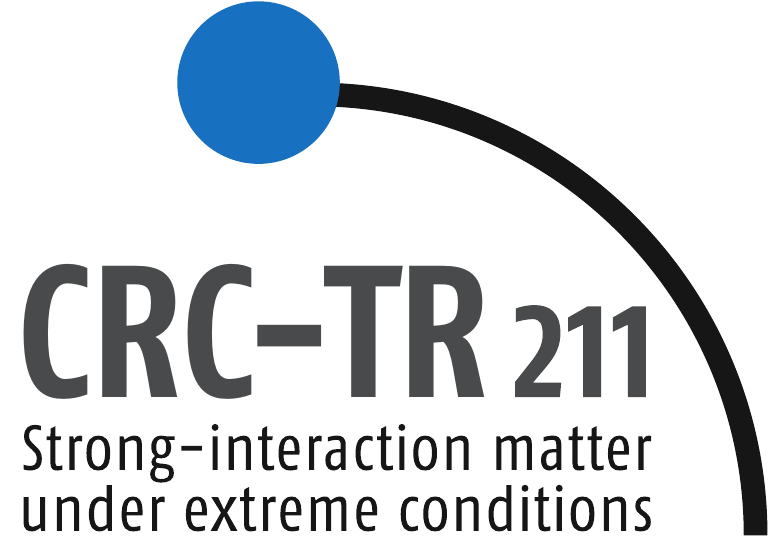 Nuclear Physics Seminar
Nuclear Physics Seminar
 Nuclear Physics Seminar
Nuclear Physics Seminar
Venue: Physics Building, Max-von-Laue-Str. 1, PHYS 02.116
Time: Thursday, January 30, 4:30pm (s.t.)
Contact: hees@itp.uni-frankfurt.de
The study of strongly interacting
particles (hadrons) is a field that remains riddled with many unanswered
questions. One of the most fundamental ones is the form of the excited
states spectrum. Additionally, the reasons behind the varying
complexities and the nature of some individual states also remain
elusive.
To address these questions several powerful tools have been developed,
including Lattice QCD, Chiral Perturbation theory, and S-Matrix
techniques. In my talk I will review recent progress in combining these
techniques. Specifically, I will focus on the bridge between Lattice QCD
based and traditional hadron spectroscopy through models based on
Effective Field Theories and S-Matrix theory. The showcased examples
will range from the elusive $\Lambda(1405)$ [10.1140/epjs/s11734-021-00144-7]
to the recently re-discovered $\omega(782)$ [10.1103/PhysRevLett.133.211906].
The colloquium will be streamed but not recorded.
Zoom link: https://uni-frankfurt.zoom.us/j/2848286010?pwd=VmtCY1RCc1hpVStKd0RibFBpc1IzZz09
Meeting ID: 284 828 6010
Password: 068695